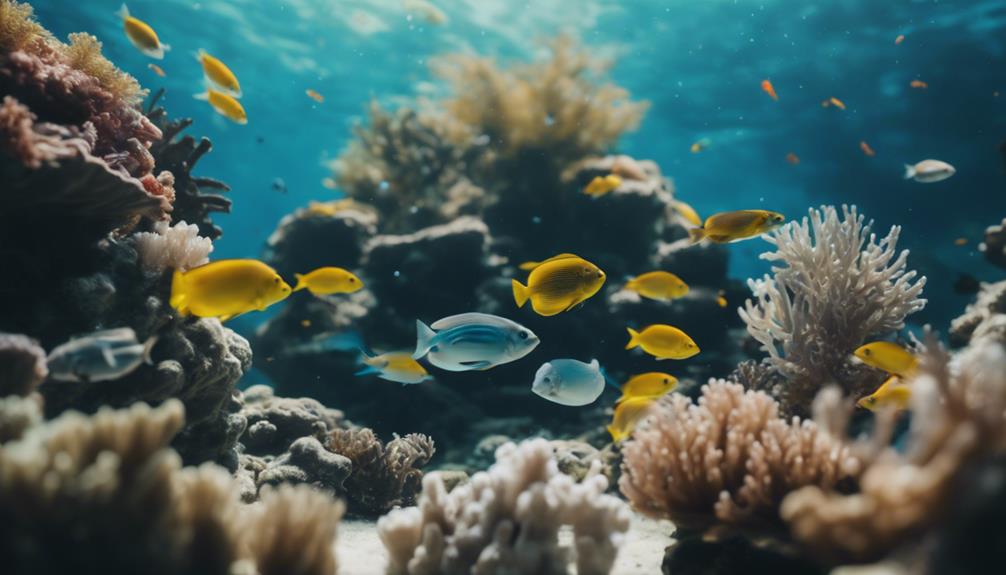Fishing is a cherished pastime for many, providing relaxation, adventure, and the thrill of the catch. However, before you grab your rod and reel, it’s essential to know how to get your fishing license. This guide will walk you through the entire process, ensuring you’re ready for a successful fishing trip while adhering to local regulations.
Understanding the Importance of a Fishing License
A fishing license is much more than just a piece of paper; it’s your legal permission to fish in various waters. It helps to regulate fish populations, protect aquatic ecosystems, and ensure sustainable fishing practices. By obtaining your fishing license, you’re contributing to conservation efforts and ensuring that future generations can enjoy this beloved activity. Furthermore, fishing without a license can lead to hefty fines and legal repercussions. Therefore, understanding how to get your fishing license is crucial for responsible anglers.
Researching Fishing License Requirements in Your Area
Each state or region has its own set of fishing regulations, including age requirements, types of licenses available, and specific fishing seasons. The first step in learning how to get your fishing license is to research the requirements in your area. Most state wildlife agencies have websites that provide comprehensive information on licensing, including the types of licenses available, costs, and any special regulations for specific bodies of water. Be sure to check if there are any additional permits required for certain species or fishing methods, as this can vary widely.
Choosing the Right Type of Fishing License
When it comes to how to get your fishing license, one size does not fit all. There are various types of fishing licenses available, depending on your needs and location. Common options include resident and non-resident licenses, which typically have different pricing structures. Many states also offer short-term licenses for beginners or occasional anglers, allowing you to fish for a few days without committing to a full season. Additionally, specific licenses may be required for freshwater versus saltwater fishing. Make sure to choose the license that best suits your fishing habits to avoid any compliance issues.
Gathering Necessary Information and Documents
Before applying for your fishing license, you’ll need to gather certain information and documents. This typically includes proof of residency, such as a driver’s license or utility bill, and identification information like your Social Security number. Some states may also require proof of completion of a fishing education course, especially for younger anglers. Make sure you have all necessary documentation ready to streamline the application process. Having this information prepared will help you avoid any delays and ensure you can hit the water as soon as possible.
Applying for Your Fishing License Online
In today’s digital age, applying for your fishing license online is often the easiest option. Most state wildlife agencies offer online applications that can be completed in just a few minutes. To get started, visit your state’s fish and wildlife website and navigate to the fishing license section. Follow the prompts to fill out your information, select your desired license type, and make the payment. Be sure to keep a digital or printed copy of your receipt, as proof of purchase, until your physical license arrives.
Purchasing Your Fishing License In-Person
If you prefer a more personal touch or need assistance, you can also purchase your fishing license in person. Many sporting goods stores, bait shops, and government offices sell fishing licenses. When visiting a location, be sure to bring all necessary documentation, as mentioned earlier. In-person applications also give you the opportunity to ask questions about local fishing regulations, hotspots, and tips from experienced anglers. This can be particularly beneficial for beginners looking to learn more about the sport.
Understanding Fishing Regulations and Restrictions
Once you have your fishing license in hand, it’s vital to familiarize yourself with the fishing regulations and restrictions in your area. These rules are in place to protect fish populations and ensure sustainable practices. Key regulations often include catch limits, size limits, and seasonal restrictions. Some areas may also have specific rules regarding bait types, fishing gear, and designated fishing zones. Staying informed about these regulations will not only help you avoid fines but also enhance your overall fishing experience.
Renewing Your Fishing License and Staying Updated
Fishing licenses typically need to be renewed annually, although some states offer longer-term options. As part of learning how to get your fishing license, it’s essential to keep track of your license’s expiration date and renew it on time. Many state agencies send out reminders, but it’s always a good idea to set a personal reminder as well. Additionally, stay updated with any changes in regulations or licensing requirements by visiting your state’s wildlife agency website regularly. Being proactive about your fishing license ensures a hassle-free experience on the water.
Conclusion: Enjoy Your Time on the Water
Knowing how to get your fishing license is the first step toward enjoying a fulfilling fishing experience. By understanding the importance of a fishing license, researching requirements, and staying informed about regulations, you can fish responsibly and sustainably. Whether you’re a seasoned angler or just starting, having your fishing license ensures that you’re legally prepared to enjoy the tranquility and excitement that fishing offers. So grab your gear and hit the water, knowing you’re contributing to the preservation of this beloved pastime. Happy fishing!
